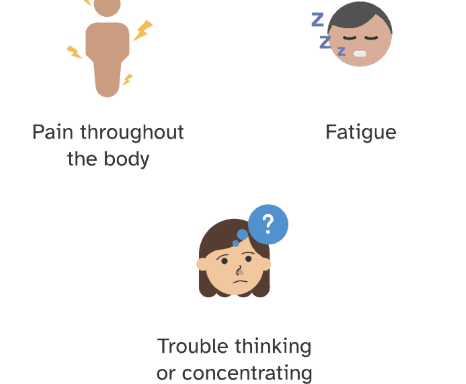Unraveling the Profile: Who Is Most Likely to Develop Fibromyalgia?
Introduction
Fibromyalgia is a chronic disorder characterized by widespread musculoskeletal pain, fatigue, and tenderness in localized areas. Understanding who is most likely to develop fibromyalgia can aid in early diagnosis and management. This article delves into the demographics and risk factors associated with fibromyalgia.
Gender and Fibromyalgia
Fibromyalgia predominantly affects women. Studies indicate that approximately 75% to 90% of those diagnosed are women. Hormonal differences, particularly fluctuations in estrogen, may contribute to this disparity. Additionally, societal factors, such as increased stress levels and caregiving responsibilities, might play a role.
Age Factors
While fibromyalgia can occur at any age, it is most commonly diagnosed in individuals between 30 and 60 years old. The likelihood of developing fibromyalgia increases with age, possibly due to cumulative stressors and age-related changes in pain perception.
Genetic Predisposition
A family history of fibromyalgia increases the risk of developing the condition. Genetic factors may influence pain sensitivity and stress responses, making some individuals more susceptible. Research suggests that certain gene polymorphisms related to serotonin and dopamine pathways may be involved.
Psychological Factors
Individuals with mood disorders, such as depression and anxiety, have a higher prevalence of fibromyalgia. Chronic stress and trauma, including post-traumatic stress disorder (PTSD), are also linked to the development of fibromyalgia. These psychological factors can alter pain perception and exacerbate symptoms.
Sleep Disturbances
Poor sleep quality and disorders like insomnia are common in fibromyalgia patients. Sleep disturbances can lower pain thresholds and increase fatigue, contributing to the onset and severity of fibromyalgia symptoms.
Other Medical Conditions
Certain rheumatic diseases, such as rheumatoid arthritis and lupus, are associated with a higher risk of developing fibromyalgia. The chronic pain and inflammation from these conditions may sensitize the nervous system, leading to fibromyalgia.
Lifestyle and Environmental Factors
Sedentary lifestyles, obesity, and smoking have been identified as potential risk factors for fibromyalgia. Physical inactivity can lead to deconditioning, while obesity may increase mechanical stress on the body. Smoking has been linked to increased pain perception and inflammation.
Conclusion
Fibromyalgia is a multifaceted condition influenced by a combination of genetic, psychological, and environmental factors. Recognizing the profiles most at risk can facilitate early intervention and tailored treatment strategies, improving patient outcomes.
Frequently Asked Questions
1. Can men develop fibromyalgia?
Yes, while less common, men can develop fibromyalgia. However, they may be underdiagnosed due to the perception of fibromyalgia as a predominantly female condition.
2. Is fibromyalgia hereditary?
There is evidence to suggest a genetic component to fibromyalgia, with familial patterns observed in some cases.
3. How does stress influence fibromyalgia?
Chronic stress can alter pain perception and exacerbate symptoms, potentially triggering the onset of fibromyalgia in susceptible individuals.
4. Are there preventive measures for fibromyalgia?
While there is no guaranteed prevention, maintaining a healthy lifestyle, managing stress, and addressing sleep disorders may reduce the risk.
5. What role does sleep play in fibromyalgia?
Sleep disturbances can lower pain thresholds and increase fatigue, contributing to the development and severity of fibromyalgia symptoms.
6. Can lifestyle changes improve fibromyalgia symptoms?
Yes, regular exercise, stress management, and healthy sleep habits can help manage and alleviate symptoms.



